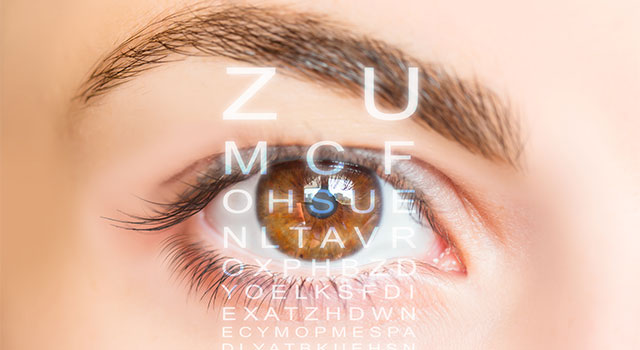The Duty of Advanced Diagnostic Devices in Identifying Eye Disorders
In the world of ophthalmology, the utilization of advanced diagnostic devices has revolutionized the very early identification and administration of numerous eye problems. As the need for accurate and prompt medical diagnoses continues to expand, the integration of innovative tools like optical comprehensibility tomography and aesthetic field testing has ended up being indispensable in the realm of eye care.
Value of Very Early Diagnosis
Very early medical diagnosis plays a pivotal role in the efficient management and treatment of eye problems. Timely recognition of eye conditions is important as it enables for prompt intervention, possibly preventing further progression of the disease and reducing long-lasting issues. By detecting eye conditions at an early stage, healthcare service providers can use appropriate therapy strategies customized to the particular condition, eventually leading to much better outcomes for individuals. Very early medical diagnosis makes it possible for patients to accessibility essential assistance services and resources faster, boosting their general high quality of life.

Modern Technology for Detecting Glaucoma
Cutting-edge diagnostic innovations play a crucial duty in the early detection and surveillance of glaucoma, a leading source of irreversible blindness worldwide. One such innovation is optical coherence tomography (OCT), which supplies comprehensive cross-sectional pictures of the retina, permitting the measurement of retinal nerve fiber layer thickness. This measurement is important in evaluating damages triggered by glaucoma. An additional innovative device is visual field testing, which maps the sensitivity of a client's aesthetic area, assisting to identify any kind of areas of vision loss characteristic of glaucoma. Additionally, tonometry is used to measure intraocular pressure, a major risk element for glaucoma. This test is crucial as elevated intraocular pressure can bring about optic nerve damage. Newer technologies like the usage of man-made intelligence formulas in assessing imaging information are showing encouraging outcomes in the early detection of glaucoma. These sophisticated diagnostic tools enable eye doctors to diagnose glaucoma in its beginning, permitting prompt treatment and much better administration of the condition to stop vision loss.
Role of Optical Comprehensibility Tomography

OCT's capability to quantify retinal nerve fiber layer thickness enables for specific and objective measurements, assisting in the early discovery of glaucoma even prior to aesthetic field problems become apparent. On the whole, OCT plays an important duty in enhancing the diagnostic accuracy and administration of glaucoma, eventually contributing to better end results for individuals at danger of vision loss.
Enhancing Medical Diagnosis With Visual Field Screening
A necessary component in thorough sensory examinations, visual area screening Read More Here plays a pivotal role in enhancing the analysis process for numerous eye disorders. By evaluating the complete level of an individual's visual area, this examination provides important info about the functional honesty of the whole aesthetic path, from the retina to the aesthetic cortex.
Visual field screening is specifically beneficial in the diagnosis and monitoring of conditions such as glaucoma, optic nerve disorders, and numerous neurological illness that can affect vision. With quantitative measurements of outer and central vision, medical professionals can identify subtle adjustments that may suggest the presence or progression of these conditions, also before visible symptoms take place.
Furthermore, visual area testing allows for the tracking of treatment efficacy, assisting eye doctors tailor restorative treatments to individual clients. eyecare near me. By tracking adjustments in aesthetic area efficiency gradually, health care companies can make informed decisions about changing drugs, advising medical treatments, or carrying out other suitable steps to protect or improve a person's aesthetic function
Handling Macular Deterioration

Final Thought
In verdict, progressed analysis devices play a critical role in identifying eye problems beforehand. Technologies such as Optical Comprehensibility Tomography and visual field screening have actually greatly improved the precision and performance of detecting problems like image source glaucoma and macular deterioration. Early discovery enables for timely intervention and monitoring of these conditions, eventually causing much better outcomes for people. It is crucial for health care professionals to remain updated on these advancements to supply the visit this website most effective possible take care of their individuals. eyecare near me.